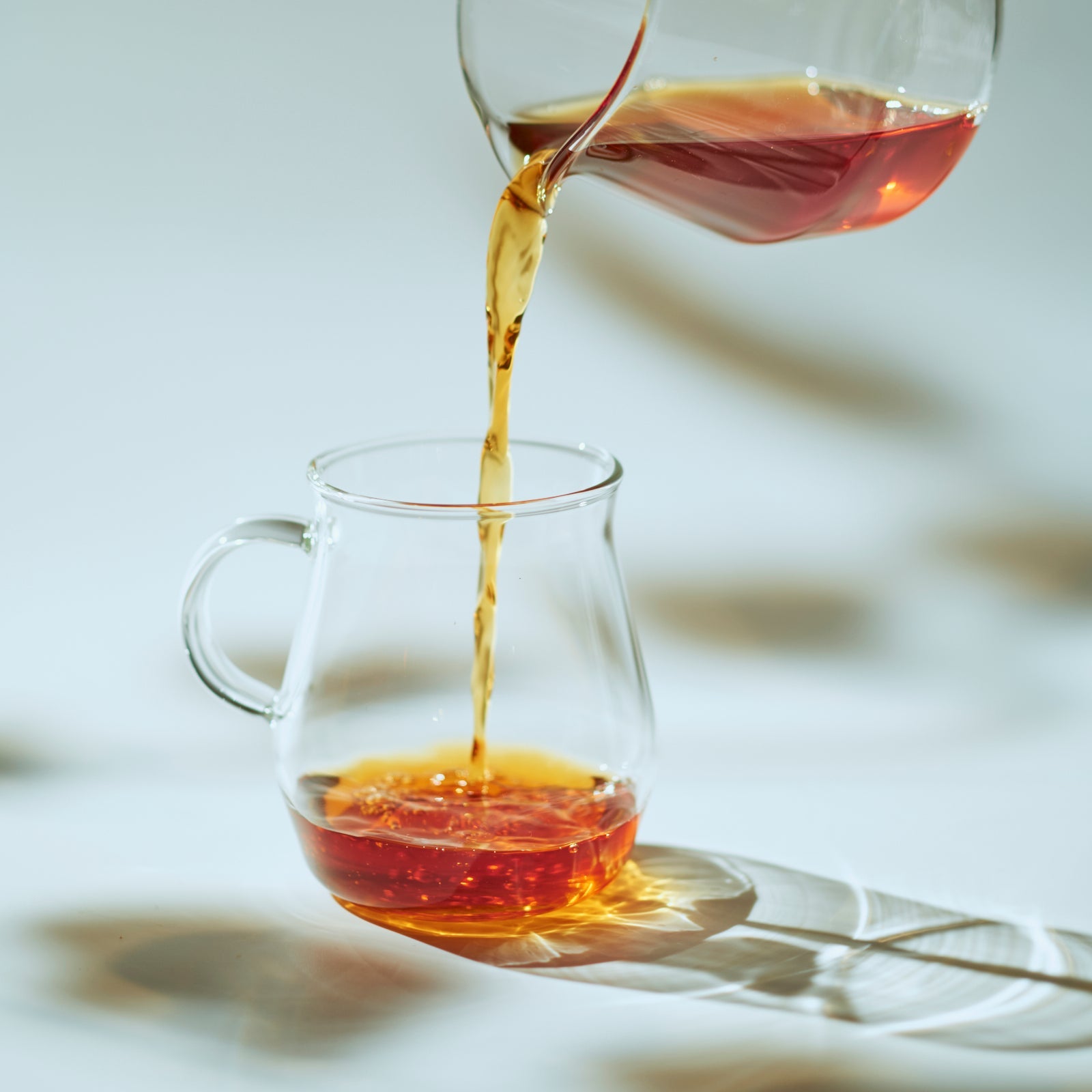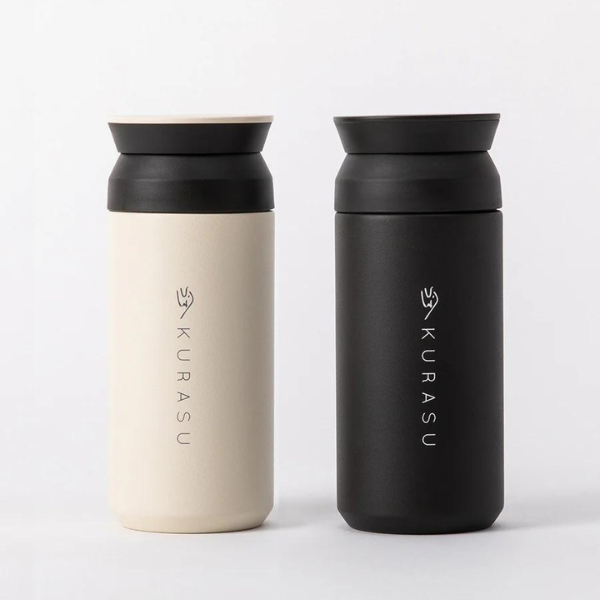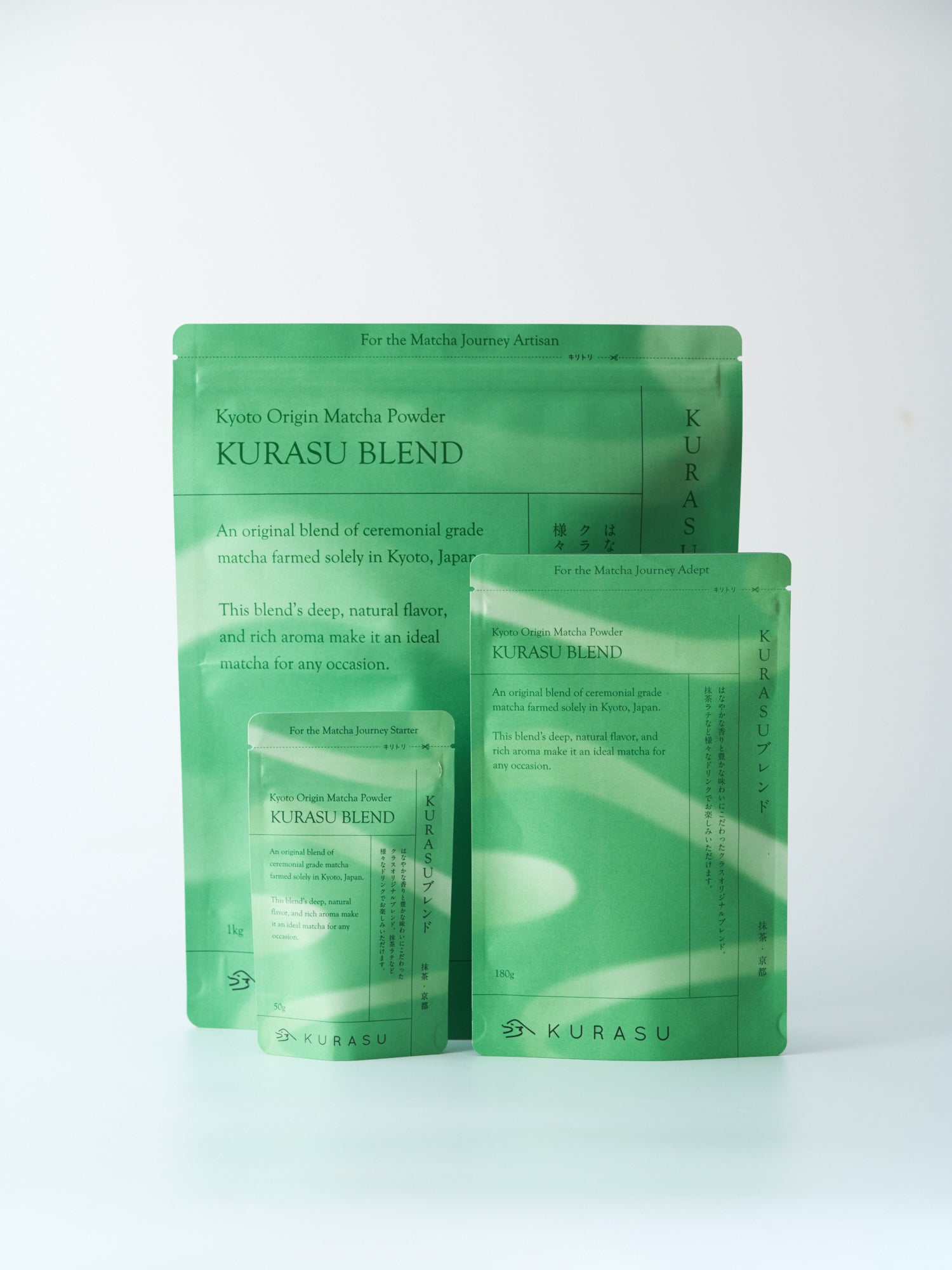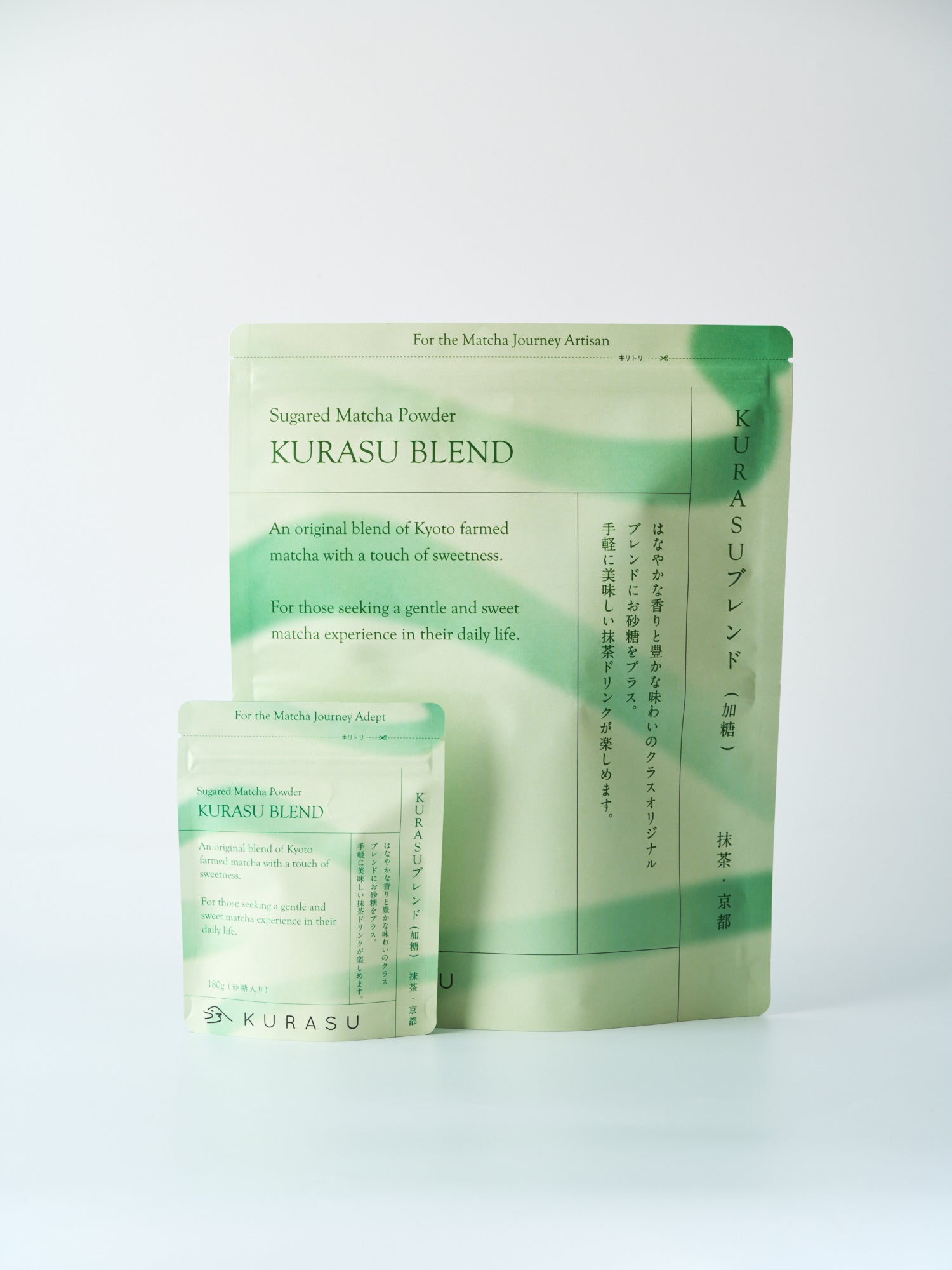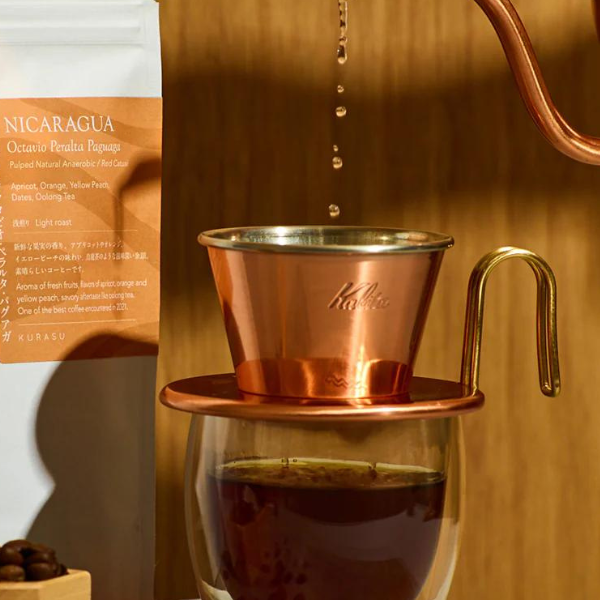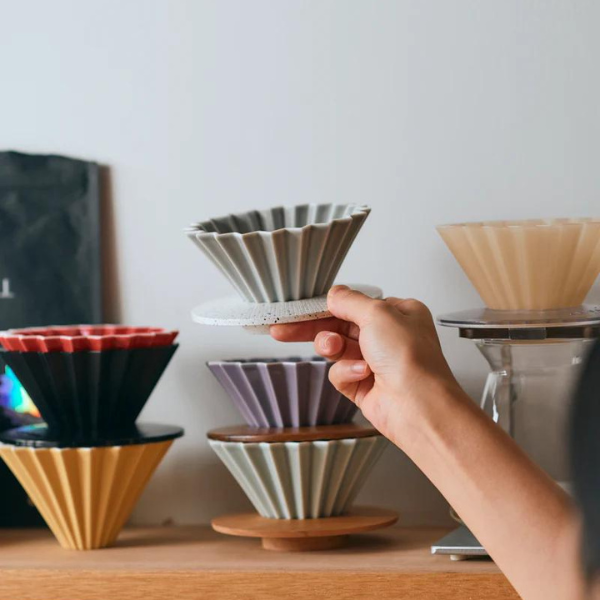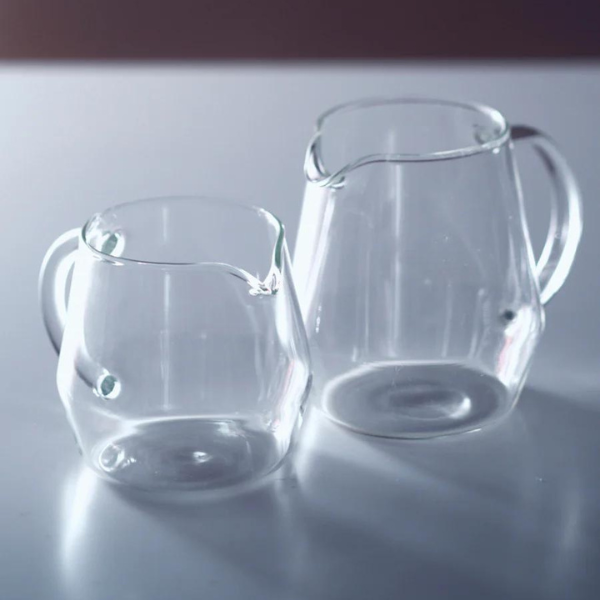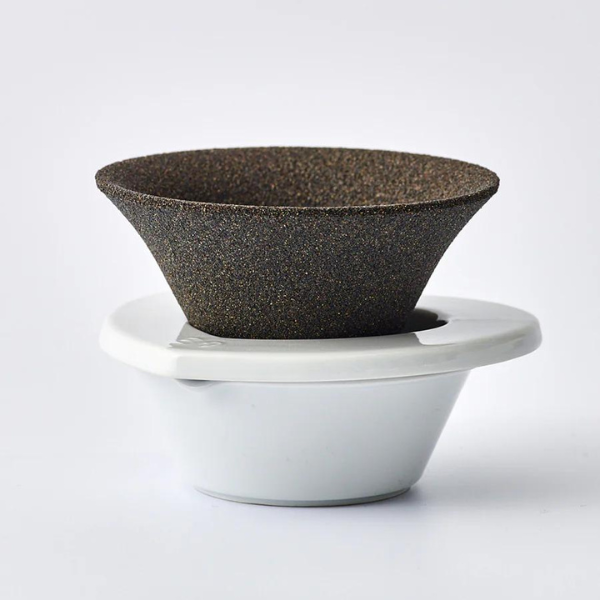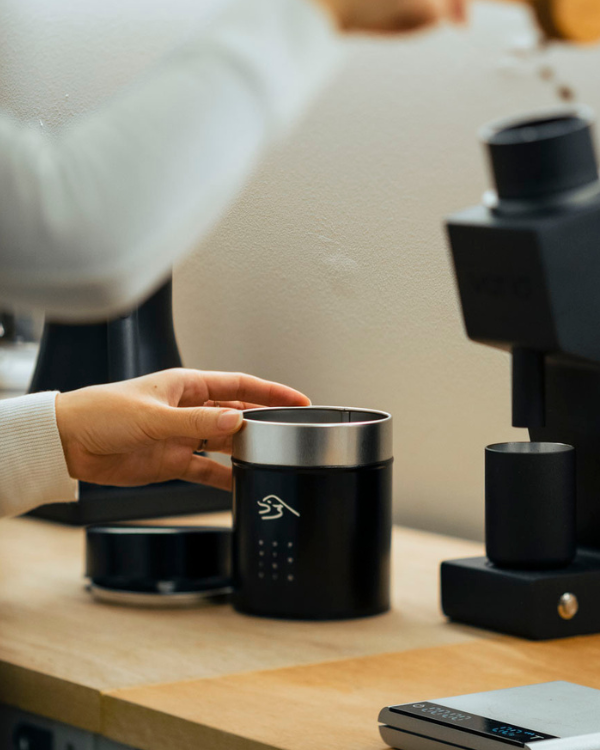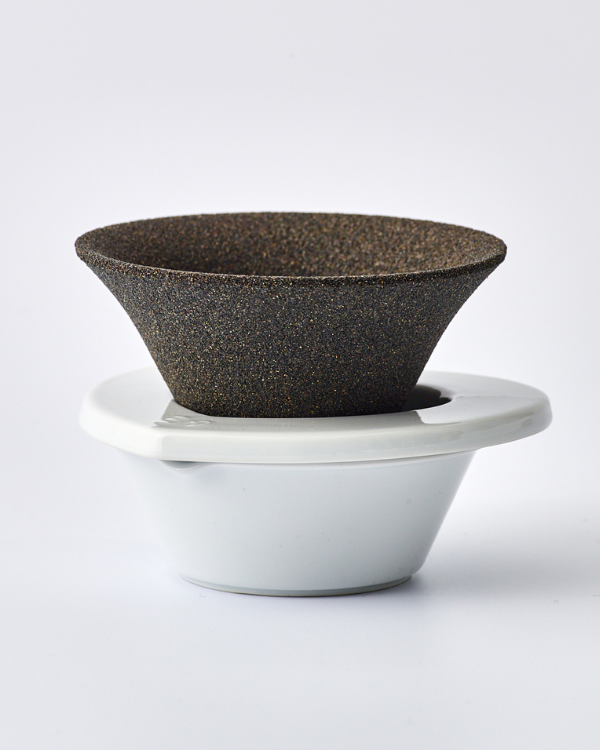The spark of Third Wave coffee scene in Japan
2015 has so far been a particularly big year for foreign specialty coffee roasters making their mark in the already vibrant coffee scene of Tokyo. Oakland based Blue Bottle coffee made huge waves by opening its flagship shop front in Eastern Tokyo of Kiyosumi-shirakawa, complete with a cafe, roastery, kitchen, and workshop. The opening proved to be an extraordinary success with wide media coverage resulting in 2 hour queues just to get a hand on their single origin coffee.

The popularity of these foreign specialty cafes – alongside others like Oslo’s Fuglen and New Zealand’s All Press Espresso – have played a part in introducing and solidifying the demand of the third wave coffee movement in Japan.
And of course, it’s not just foreign roasters - the new generation of domestic Japanese coffee roasters embracing the concept of third wave coffee. With its emphasis on improving the relationship between the coffee growers, the bean quality, and the brewing process, new and hip roasters have been making its mark all over Japan.
In Tokyo, Nozy, Sarutahiko, Arise coffee roasters are just some out many that have made a mark on the coffee sense by embracing third wave coffee. The term “Third Wave Boys" was even coined by a popular Japanese columnist (somewhat satirically) for these cafe goers - seeing that they carry their macbooks in one hand and their custom filter coffees in the other enjoying their new hipster lifestyle.

For the love of coffee – Third Wave coffee and Kissaten
But for those who follow the Japanese coffee culture like myself this renewed refocus on coffee seems very familiar. It reminds us of kissaten’s – traditional Japanese coffee houses. The kisatten is a traditional Japanese-style tearoom that serves coffee as well. By traditional Japanese law, they are able to serve tea and sweets, but most kisattens will also function as a breakfast and luncheon, serving coffee, sandwiches and light fare as meals. Most kisattens are deep-seated establishments seeped in Japanese culture.
While the design, atmosphere, and the refinedness of these 2 separate types of cafes differs, the craftsman ship and the immense love for coffee, its beans, roast and brew method overlap. Where does this attention to detail of kissaten stem from?
Don’t let the décor fool you – kissaten’s are a treasure chest of quality brewed coffee
History of Coffee and Kissaten in Japan
In the early 1800s, when Japan had its first introduction to coffee, the young poet Ota Nanpo wrote about his encounter with coffee that was brought in from overseas. His immortal expressed opinion, “Smells burnt and tastes nothing” was echoed by the Japanese culture as the sentiment of the time. It was a slow movement from that time to the present, with Japan reluctant to open its doors and its heart to coffee.
When imports finality began entering Japan after the end of WW2, the Japanese were eager to embrace the western culture after years of restriction and coffee was not the exception. Coffee gradually became a staple of the Japanese people with kisatten’s paving the path when they began serving coffee along with tea. At its peak, kisatten’s served 90% of the imported coffee – if you wanted to drink coffee, you needed to go to a kisatten.
In the years that followed, kisatten’s gradually branched out into 2 focuses in order to retain the interest of its customers. One would incorporate amusement and entrainment to engage the customers. These types of kissaten’s were the early making of such facilities as the Maid or Manga cafes. The other type would put their focus on purely on perfecting the art of coffee making.
For the small kisatten owners who began this focus on coffee, their desire to produce better and better grades and variants of flavor, and the best coffee drinking experience for their customer grew further – a similar mindset and focus seen in the third wave coffee culture. They would focus on qualities of beans and the roasting process, using only the highest quality on the market, and specific brew methods to associate with the perfect coffee bean. What we see today as associated to the third wave coffee movement – Japanese kissaten’s had been practicing for generations.
Inside of a typical kissaten – Impluse coffee in Kyoto city
Brew methods were re-invented by Kissaten
Nowadays, Japanese coffee equipment is becoming synonymous with third wave coffee with specialty roasters and cafes from all over the using Hario or Kalita as their preferred brew equipment. There’s a good reason for this as the Japanese have put in more than 90 years of experimentation to reach this point.
In 1925 Coffee Syphon Co. released the first syphon in Japan as a response from demands by kissaten owners to properly extract their take on their “perfect” roasted coffee beans one cup at a time. Nel drip was another popular method that took time, patience, and high maintenance but was used by kissaten owners to showcase their craftsmanship. Coffee Syphon Co. again innovated in 1973 with the Kono paper filter dipper which combined the excellent flavor of the nel drip with the efficiency of using paper as a filter.
Its initial acceptance of these brew methods was actually not widely used apart from the kissaten culture – only staunch coffee enthusiasts would use these methods outside of Japan. It’s only recently in the past few years that Japanese drippers and syphon brewing has come under the spotlight. West Coast US coffee brewers such as Intelligentsia as well as participates of the World Barrista Championship began to see that these methods were the optimal way of extracting their carefully selected coffee beans. It also helped that Hario began heavily marketing its brand of drippers and syphons outside of Japan – a bold move for traditionally domestic Japanese companies – with an emphasis on designs and materials catered to the western coffee culture.
The coffee equipment you see in your local specially cafe may have never been invented if it were not for the demands of kissaten’s and the tireless efforts by Japanese brands. It’s also interesting to note the revitalization of these equipment’s today are coming from the third wave coffee movement.

The Kono meimon Coffee Dripper created after 5 years of testing and analysis
Future of Kissaten and Third Wave Coffee in Japan
So what is the future for Japanese coffee culture? Can the old kissanten and the new third wave coffee movement co-exist? I optimistically believe so.
The third wave coffee movement has become a fashionable trend in Japan, while unfortunately the number of kissaten’s have been in a decline, along with its aging population of owners and customer base.
At the same time, as the third wave coffee movement gains traction, we also see a renewed focus on these old kissaten’s.
From the overseas perspective, the kissaten culture is a unique look into the history of Japan and how the Japanese people have taken coffee from a perspective of craftsmanship unlike any other anywhere else in the world. James Freeman, founder of Blue Bottle has mentioned time and time again how his inspiration to start up the company came after experiencing the kissaten culture during his visit to Japan. Many other specialty coffee enthusiasts and cafe owners of overseas visit kissaten’s to witness first had the art of preparing and brewing coffee. I’ve personally talked with kissaten owners that say they have seen a vast increase in number of customers that visit from overseas.
Local Japanese are also starting to give another look into kissaten’s. With the rise of the second wave coffee movement – the proliferation Starbucks and other franchises reaching its peak - Japanese have started to appreciate once again kissaten and what makes it so uniquely Japanese. The art and craft that’s put into coffee, the movements, pace, atmosphere and ambiance – it’s something that as a Japanese you feel a pride and peace with which is impossible to feel anywhere else in the world.
In recent years we have seen younger generation of Japanese cafe owners embrace the style of kissaten while learning from this new third wave coffee movement, capturing the trends but also adhering to the art that our older generation have instilled in us.
Third wave coffee is like Japan’s re-emergence in its own history, a sort of coming full circle and touching its origins again. It’s new and different for the Japnaese and at the same time familiar and similar. We as Japanese have the fascinating opportunity to make the most out of both cultures.
Elephant Factory coffee in Kyoto embraces the form of kissaten but with a new and vibrant energy created by the owners
This was originally a guest post provided for the Perfect Daily Grind

